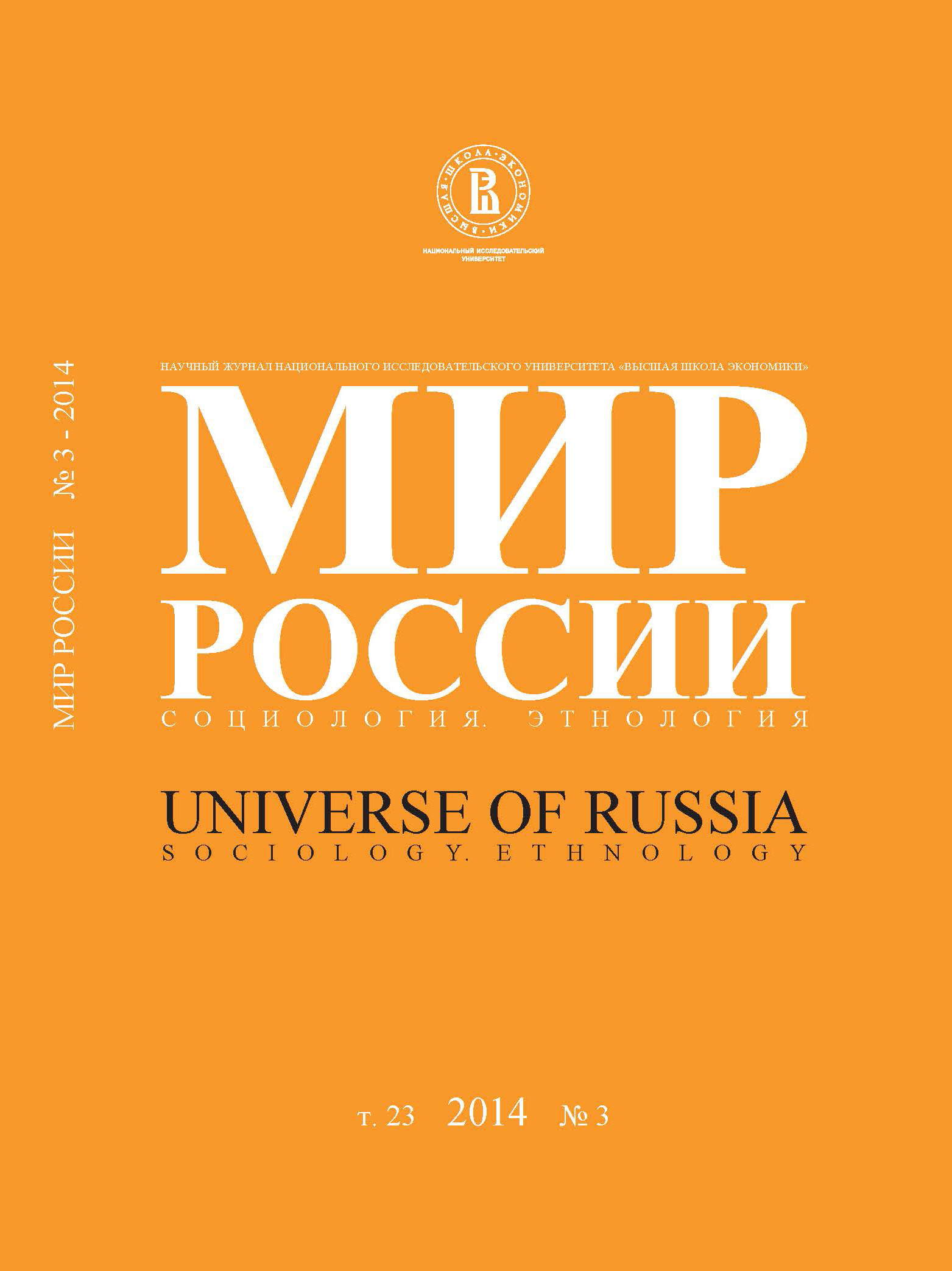The Phenomenon of the Soviet Union in the Context of Modernity and the Razdatok Theory
Abstract
Olga Bessonova — Leading Research Fellow, Institute of Economics and Industrial Engineering of the Siberian Branch, Russian Academy of Sciences. Address: 17, Ac. Lavrentiev Ave., Novosibirsk, 630090, Russian Federation. E-mail: beol@ngs.ru
The article discusses the role of the Soviet economy in shaping the institutional pathway of modern Russia based on the so-called “razdatok” theory. According to the evolutionary logic of market and redistributive economies, the Soviet economy marked the natural and ultimate stage of development of the “razdatok” economy in Russia. The Soviet Union has not only replicated several institutional similarities with Russia’s imperial history by adopting its redistributive mechanisms, but it has substantially improved them to meet the challenges of a certain historic era. This was one of the reasons which made these
mechanisms so attractive to borrow by other countries. For instance, several market economies, especially in the times of economic crises, have adopted similar mechanisms by introducing optimal planning, subsidizing practices and substantially developing the public sector. However, the mature form of the “razdatok” economy in the Soviet Union eventually ruined the balance between market and redistributive practices by exceedingly suppressing all forms of private initiative, which led to the democratic revolution of the1990s and marked the new phase of its transformation.
The first systemic crisis of capitalism in the early twentieth century reinforced the mechanisms of the servile labor system in the Soviet Union, the institutional environment of which greatly resembles that of the current quasi-market economy in Russia. This quasi-market environment is, in fact, a quite usual state in the evolution of redistributive economies, i.e. a state of temporary institutional anomie. Quasi-markets differ from classical markets in that they rely on buy-and-sell (exchange) mechanisms to acquire the already existent production systems and infrastructure. While the classical market
is driven by the interests of entrepreneurs and consumers, the quasi-market relies on entrepreneurship to serve the interests of power structures. In other words, the essence of quasi-markets is that by performing seemingly market practices (auctions, tender procedures, etc.) they mask redistribution, i.e. the reallocation of property according to a predetermined design.
It is quite usual that during this transformation phase certain institutions and mechanisms are borrowed from modern market economies; however, they need to be considered carefully as they inevitably undergo a transformation according to the particular institutional nature of the Russian (as well as any other “razdatok”) economy. And this regularity has reinstated itself many times throughout Russian history, always bringing Russia back to its redistributive course. The Soviet model, indeed, served as a catalyst for the formation of welfare states based on a synthesis of market institutions and redistributive institutions. Therefore, it is quite natural that Russia currently fulfils its own demand by retreating to redistributive practices and seeking the compromise with market institutions.






